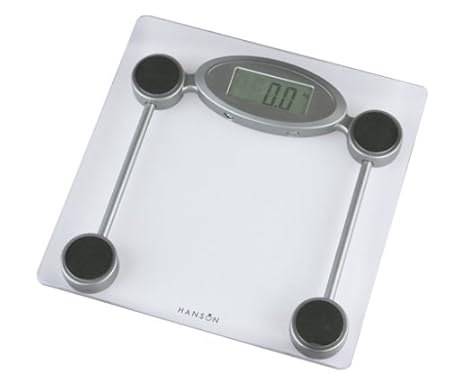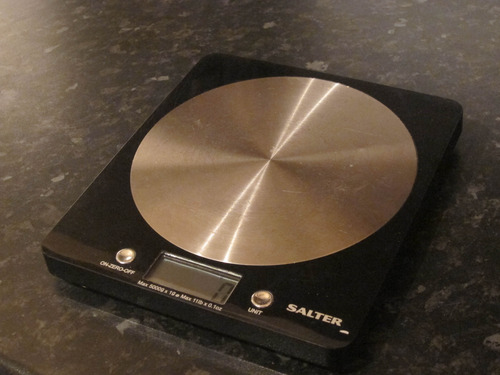Hello again Gordon - Sorry I turned up 2 hours late for the design meeting ;-)
No, im not going to go into a long one .. (not by my standards anyway ;-)
To me, it all starts at the sensor side - once this is "defined" EVERYTHING you are asking for / proposing can be achieved, and probably achieved quite simply.. So lets look at the the sensors:
[I will present each case with the apropriate MIDI possibilities just for clarity - these dont need to be implemented.]
I will also give a guess rating on a scale 1 to 10 (Mechanical and Electronic Complexity, 10 being most difficult or expensive ; Reliability and "Quality" {suitability for specified requirements} 10 is best) ... Everything below is IMO/MOO and largely guesswork.
Also note that any scheme below can be used to trigger an Envelope Generator [EG].. Forget about "Active down" or "Active up" - this is a simple logic (or in the case of an analogue output sensor, signal) inversion function - No problem.. If one wants, a simple comparator could be added to any analogue scheme to provide a trigger or multiple trigger points.
1.) {M=1 E=1 R=6 Q=*1*?} The most minimal is a simple switch thats activated by putting pressure on it.. This conveys no data other than on/off.. [MIDI Note On message with velocity at 64, running status with "note off" defined as "On" with velocity = 0, or a independent Note Off message] There is no "analogue" data of any kind, nothing other than on/off
2.) {M=5 E=5 R=5 Q=*2*?} A change-over switch where the duration that the actuator terminal is not in contact (traveling between the two change-over poles) is timed, can provide "velocity" data in both directions [MIDI Note On message with velocity determined by velocity ;-),MIDI Note Off message with velocity determined by velocity , Swap the status {Note on <-> Note off} to implement an "inversion"] "Analogue" data is limited to the velocity at which the pedal is pounded and released .
IMO the likely problem with this scheme is the mechanical aspects of obtaining a switch of low enough profile and sufficient ruggedness... I think this scheme would be the least useful.
--------------------------------
The following are analogue output, for MIDI implementation I would propose comparators to detect "foot down" and "foot up" trigger points and transmit these with derived velocity as Note On / Note off messages, and a CC message continuously streaming the sensors positional data. In a Non-Midi setup, these analogue and comparator signals could be used directly or in combination with an asocciated EG to drive whatever processing (VCA, Filter / Wha or whatever).
3.) {M=3 E=3 R=9 Q=9} Linear hall sensor/s.
Linear hall sensors have a reliability advantage of having no physical contact and nothing to wear out through repeated flexing or stressing - reliability will probably come down to the quality of the chosen actuator magnets.
4.) {M=3 E=6 R=8 Q=9} Strain gauges
Electronically, strain gauges are by far the most precise and least subject to drift if implemented with precision electronics.. My feeling is that this level of precision is probably not required for this application, and the extra cost and complexity probably isnt justified.
5.) {M=1 E=2 R=7 Q=9} Force sensing resistors.
I would probably choose hall sensors for a high-end product, but its so close with FSR's that im not sure .. If cost of FSRs (Higher than Halls) is balanced against higher cost of the mechanics for Halls, and they came out the same or close, I would certainly choose halls.. If FSR's turned out much cheaper (when one factors in the mechanical and magnet costs) then I would go with FSR's.
----------------------------------------
The Q rating of 9 is kind of arbitrary for the above - they can all do everything required and more, they all probably deserve 10*.. Fred.



